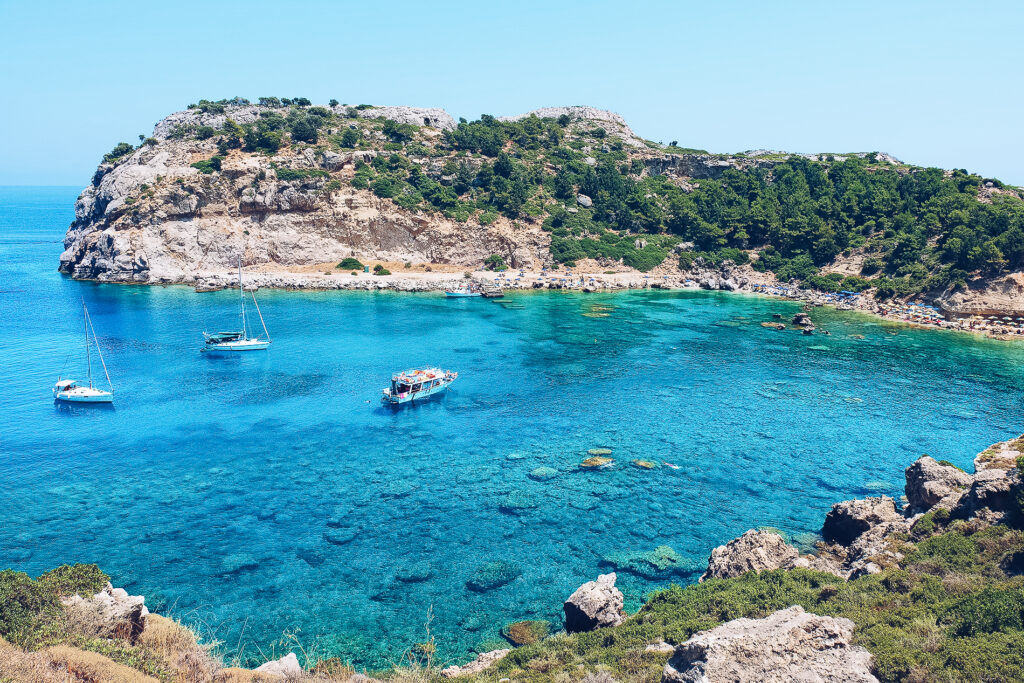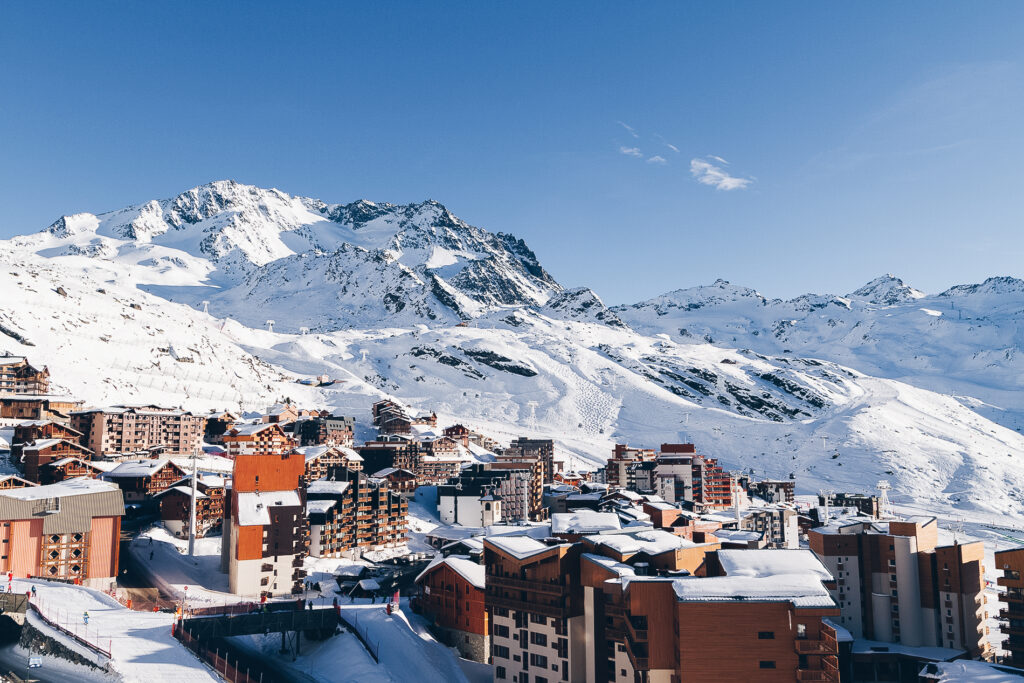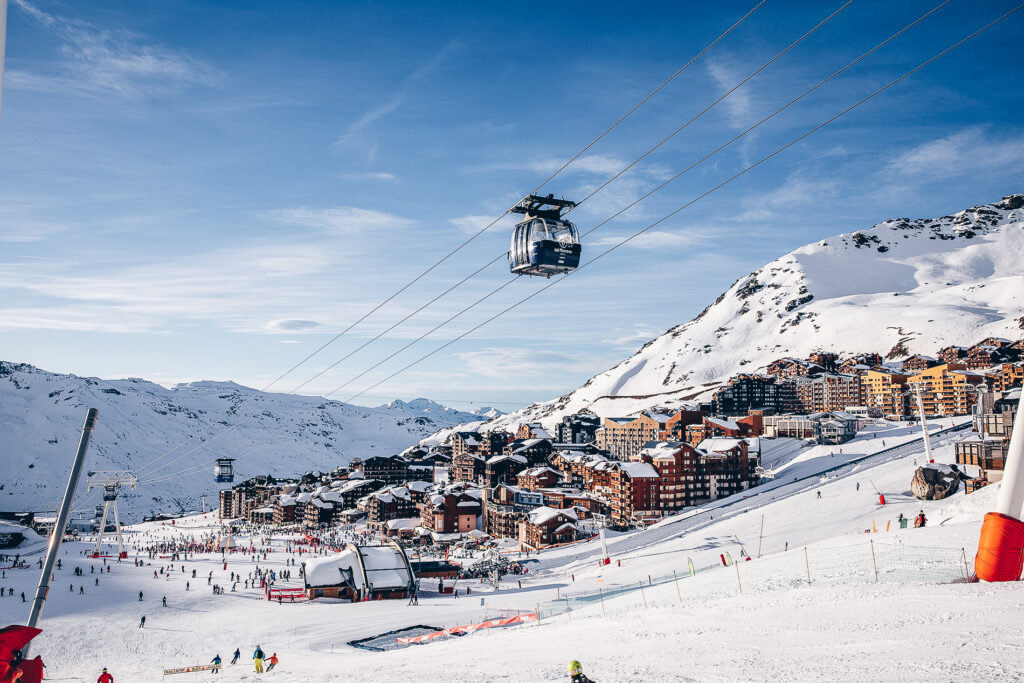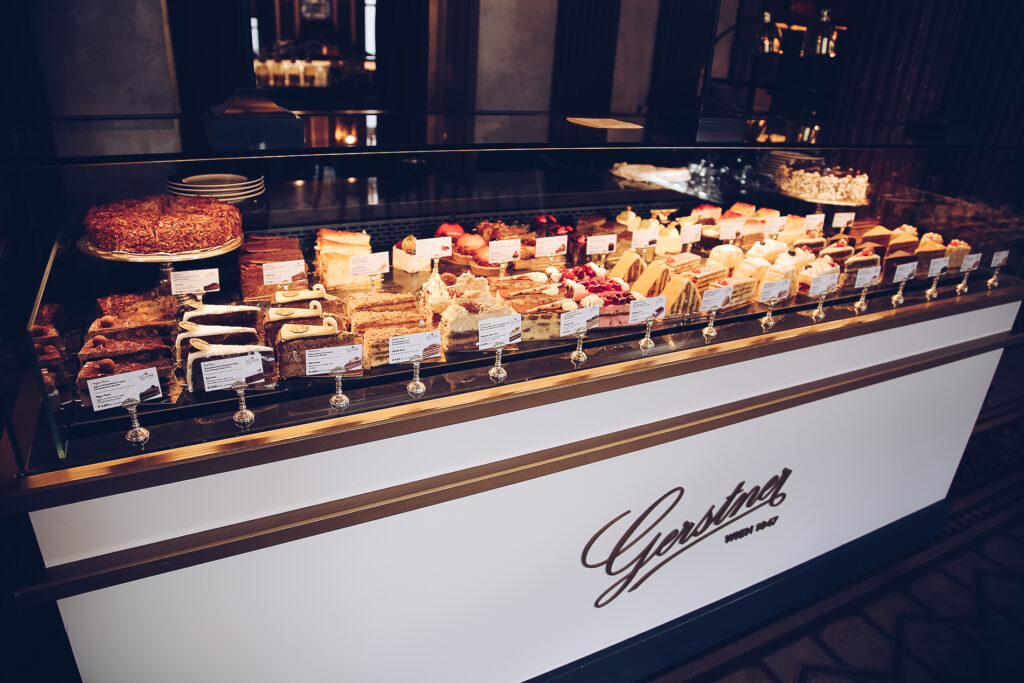Most of the time, accessible travel means lots of sightseeing and too few fun activities. But enjoying a perfect mix of relaxation and exercise is always possible when you choose the right destination.
To help you make the most of your next trip, here are three accessible destinations, each offering a different experience. From a Greek getaway to an alpine trek to a Viennese tour, it’s time to get going.
Taste a slice of heaven on Rhodes Island, Greece

If you’re seeking relaxation, the Greek islands are a taste of paradise, and Rhodes is a perfect option for an accessible dreamy escape.
Rhodes has everything you’re looking for when it comes to accessible crystalline waters and golden sand beaches. Among its 16 accessible beaches, six are listed as wheelchair friendly, and ten are accessible with assistance. Our pick? Elli Beach, which is equipped with an automated, remote-controlled system for easy access to the sea.
If you’re up for a true adventure, level up your game in the submarine world of the Dodecanese. In the village of Lindos, Lepia Dive Center guides divers with reduced mobility and offers unique exploration through the caves, caverns and reefs of picturesque St. Paul Bay.

After the sea and sun, it’s time to dive into more than 5,000 years of history shaped by Romans, Ottomans, Italians, and the Knights of St. John of Jerusalem. Head to Rhodes’ medieval town, a UNESCO World Heritage Site, to view its architectural wonders.
While medieval often means pebbled streets, many monuments are still accessible even with a wheelchair via alternative routes. Take a tour outside the medieval city walls on the wheelchair-friendly paths for a different view of the old town.
Don’t miss the Palace of the Masters and its gigantic royal halls embellished with pre-Hellenic mosaics, which were built by the Knights of St. John, who brought the Gothic and Renaissance styles to the island. Continue down picturesque Socratous Street filled with traditional stores, coffee shops, and taverns, throned by the colourful Suleyman Mosque, a witness to the Ottoman era.

From here, reach Mandraki Port for a peaceful stroll along its pier, lined with three windmills. Continue until Agios Nikolaos Fort for a perfect selfie.
Good to know: Ferry companies such as Blue Star and Minoan Lines boast an accessible infrastructure. Travellers can enjoy special discounts of up to 80% for anyone with reduced mobility, and up to 50% for their companion.
Gain altitude in Val Thorens, France

With breathtaking natural scenery and thrilling activities year-round, the Alps are world-renowned and Val Thorens is one of the area’s most accessible resorts.
If you love snowy escapes and lots of action, you’ll enjoy handi skiing in the highest ski resort in Europe! With 28 adapted lifts, special equipment and expert instructors hit the slopes with peace of mind from November to May. Handiskiing courses are available for almost every type of disability, from severe to partial disability, as well as for people with mental disabilities.
Even outside of winter, Val Thorens has no shortage of activities. From the Altiport, accessible via the Moutière ski lift, paramotor flying is adapted to all types of disabilities. Comfortably seated, you’ll get a bird’s eye view of majestic peaks. To pump even more adrenaline, don’t miss harnessing in for the zip line at the top of the Bouchet lift. You can reach up to 65 MPH during the flight!

After a long day on the slopes, it’s time to take comfort. With more than 33 accessible restaurants and 16 bars, the après-ski experience at Val Thorens is without compare. La Laiterie is the place to be for regional cheeses and French mountain classics such as raclette and fondue.

If you’re calorie conscious, your zen moment awaits at Hameau du Kashmir, a hotel with a fully accessible pool, sauna, and hammam.
Good to know: Disabled persons get 50% off on all ski passes, which also applies to your companion if assistance is needed. The free shuttles within the resort are all accessible as are the ski lifts (except for “TK Plateau 1” and “TK Plateau 2”).
Soak in the culture in Vienna, Austria

Mixing history and accessibility can pose a challenge in older cities. But modern yet renowned Vienna has become one of the most accessible in Europe.

Start at Schönbrunn Palace where you can admire gilded and frescoed galleries and the opulent Rococo-style rooms of the Habsburg Dynasty. With stair-free easy access to the main buildings and exhibition halls and international sign language guides for hearing-impaired visitors, the palace takes its visitors seriously. Visually impaired history buffs can also take a special tour that allows guests to touch selected objects from the palace’s collections.
Head to Gerster Hofzuckerbäcker to complete your imperial experience with a royal brunch. Spread across three floors, all accessible with a wheelchair via an elevator, the elegant establishment’s upper floor is a pure Rococo and baroque delight with velvet furniture, marble columns, and white-and-gold ornaments. Enjoy traditional Viennese desserts, organic teas and coffee.



Have you ever felt art? At the Upper Belvedere Museum, visually impaired visitors can now experience Gustav Klimt’s “The Kiss” and Egon Schiele’s “Crouching Couple (The Family)” by touching relief reproductions. At the Austrian Folklore Museum, wooden and ceramic artefacts and objects can also be discovered the same way.
Now it’s time to end your visit the right way. Enjoy Vienna from above by riding the Giant Ferris wheel. With cabins in different sizes, you can easily get on board with a wheelchair. A simple ride or a romantic dinner over the illuminated city—the choice is yours.

Good to know: buses in Vienna are equipped with a ramp for wheelchair passengers, and a small wheelchair symbol indicates that buses and streetcars have a low floor. All subway stations are wheelchair accessible, usually via a lift.
